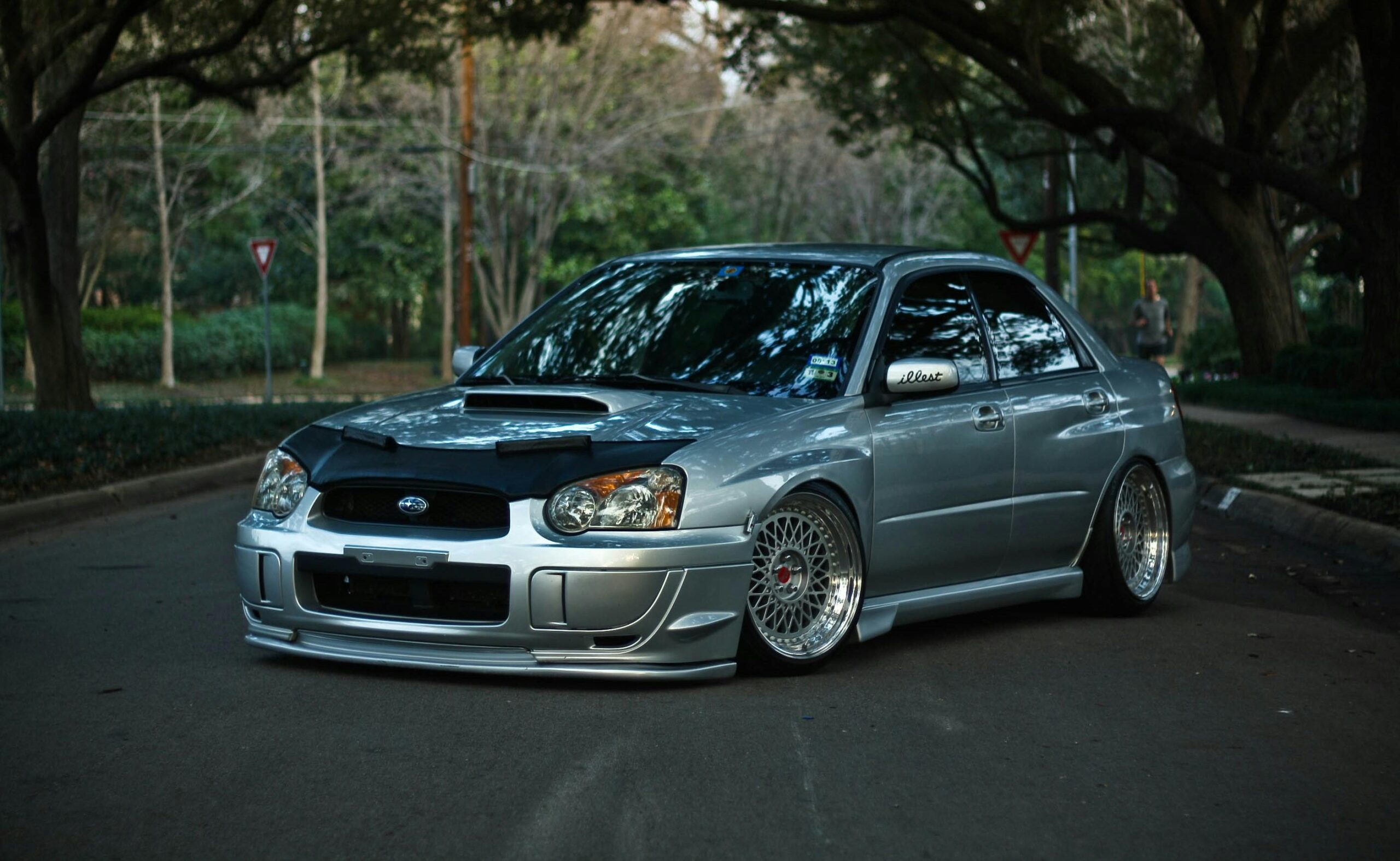
When it comes to purchasing a car at auction, timing can make all the difference in securing a great deal. Auctions often have fluctuations in inventory and pricing based on the season, making it crucial for buyers to understand when to jump in. Knowing the best times of the year to buy a car can help you take advantage of lower prices and better selection.
One of the key factors affecting car auction prices is the end of the year, particularly the months of November and December. During these months, dealerships and private sellers aim to clear their inventory to make room for newer models. As a result, auctions can showcase a wide variety of vehicles at competitive prices, making it an excellent opportunity for savvy buyers.
Additionally, the auction landscape can vary throughout the year. Seasonal changes often dictate the availability of certain types of vehicles, with convertibles being more prevalent in the spring and summer months, while four-wheel drives and SUVs become more available in the fall and winter. By understanding these seasonal trends, buyers can better plan their auction visits for maximum savings and selection.
Understanding Seasonal Trends in Car Auctions

Timing plays a crucial role in the dynamics of car auctions. Understanding the seasonal trends can significantly influence the purchasing decision and price outcomes. Car auctions typically see fluctuations in inventory and buyer activity based on the time of year.
During the spring months, there is often an increase in the number of cars available at auction. This is largely due to the influx of traded-in vehicles as consumers purchase new models. Additionally, many people tend to clean out their garages and sell older cars during this time, leading to a competitive auction environment. Buyers should be aware that prices may be higher as demand rises with the availability of vehicles.
Summer typically brings more recreational vehicles and convertibles to the auction scene, as these types of cars are more desirable during warmer months. Buyers looking for summer vehicles should act quickly, as auctions can become crowded with eager bidders. In contrast, late summer may present opportunities for buyers seeking bargains, as some sellers may lower their expectations due to the looming autumn months.
Fall is often marked by a decrease in vehicle supply as dealerships are starting to clear out older models to make room for new inventory. This can lead to lower prices at auctions. Buyers might find more competitive deals in September and October, as many sellers are motivated to make sales before winter arrives.
Winter months, particularly around the holiday season, often see a dip in auction activity. Many buyers are preoccupied with festivities, resulting in a quieter market. However, this decreased activity can provide unique opportunities for savvy buyers who are willing to venture into the auction landscape when fewer bidders are present. Prices may be more favorable as sellers might be more willing to negotiate.
In summary, understanding these seasonal trends can greatly benefit those interested in participating in car auctions. By strategically timing their purchases according to the patterns of availability and buyer behavior, individuals can optimize their chances of securing a great deal on their next car.
Identifying Key Auction Events for Maximum Savings

When looking for the best deals on a car, understanding the timing of key auction events can significantly enhance your chances of securing substantial savings. Various auctions throughout the year provide unique opportunities depending on market trends and seasonal fluctuations.
One of the prime times to participate in car auctions is at the end of the fiscal year, which typically occurs in late summer to early fall. Dealerships often aim to clear out their inventory to make room for new models, resulting in attractive prices. Additionally, manufacturers may hold seasonal clearance events that coincide with such auctions, enhancing the potential for great deals.
Another critical window for finding valuable cars at auction is during the spring. Many people tend to sell their vehicles after winter, leading to an influx of cars available at auctions. This increased supply can drive prices down, offering savvy buyers the chance to snag a bargain.
Furthermore, special themed auctions can present unique opportunities. Events focused on specific brands or types of vehicles, such as classic cars, often attract enthusiasts looking for rare finds. Attending these auctions can yield exceptional deals for collectors and average buyers alike.
It’s also essential to stay informed about local and national auction calendars. Certain platforms frequently host online auctions, which can provide convenient access to listings that may not be available elsewhere. Regularly reviewing these events enables buyers to plan ahead and participate effectively.
In conclusion, by identifying key auction events throughout the year, potential buyers can maximize their savings when purchasing a car. Timing, awareness of market cycles, and understanding thematic auction dynamics are all crucial factors that contribute to achieving the best deals.
Strategies for Timing Your Bids at Car Auctions
Timing your bids at car auctions can significantly affect the deals you secure. Understanding the dynamics of the auction environment is crucial for both novice and experienced bidders. Here are key strategies to enhance your bidding success.
1. Research Auction Schedules
Different car auctions have specific schedules throughout the year. Investigate when auctions are held and what types of vehicles are typically available during those events. Certain times of the year, such as post-holiday seasons or end-of-fiscal quarters, often produce better deals as sellers aim to clear inventory.
2. Monitor Bid Activity
Pay attention to the bidding patterns in real-time. Noticing when other bidders tend to enter the fray can provide insights into optimal times to place your bid. If you observe a dip in competition, it may be the perfect moment to make your move.
3. Utilize the “Last Minute” Advantage
Experienced bidders often wait until the last moments of an auction to place their bids. This strategy can help you avoid inflating the bidding price early on and allows you to gauge the competition. However, ensure you have a strong grasp of the maximum price you are willing to pay beforehand.
4. Build Relationships with Auction Houses
Establishing rapport with auction house staff can provide valuable insights into upcoming auctions and highlight less competitive events. They might also tip you off about vehicles that are likely to be underpriced or will have less bidding activity.
5. Set a Budget and Stick to It
Before entering any auction, define your budget based on thorough research of the market value of the car you’re interested in. Stay disciplined to avoid getting caught in bidding wars that drive prices beyond your means.
By implementing these strategies, you’ll position yourself to make informed decisions and capitalize on the best deals available at car auctions.




